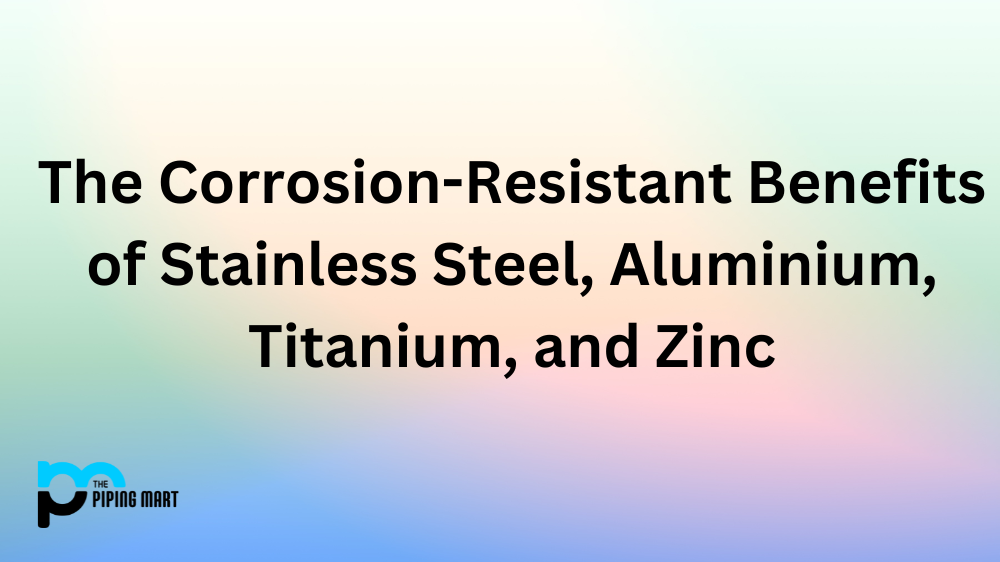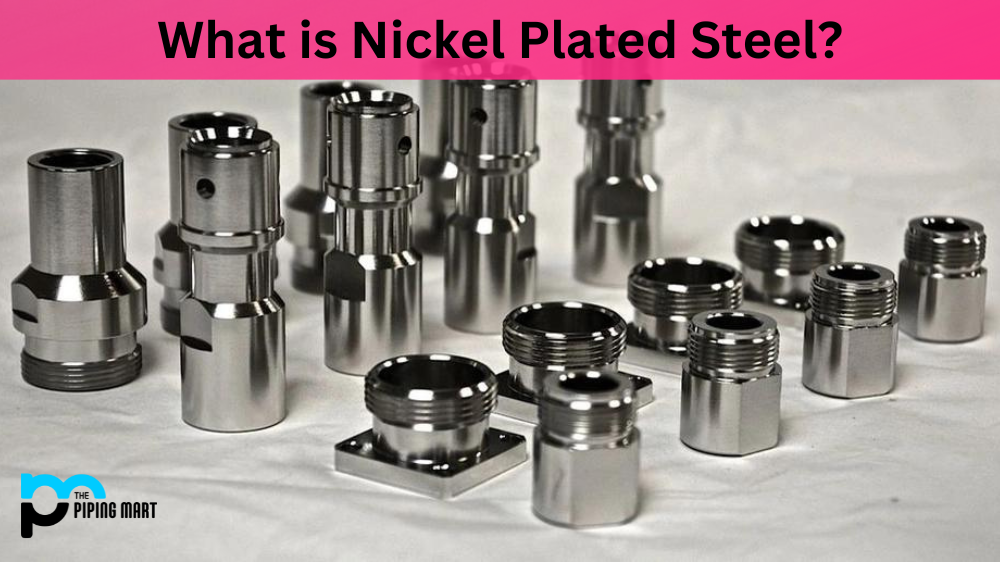Metal milling is an important process in many industries, from automotive production to aerospace manufacturing. It’s used for various applications such as cutting, forming, and machining. But what exactly is metal milling? How does it work? In this blog post, we’ll provide an overview of the process so that you can get a better understanding of what’s involved.
What Is Metal Milling?
Metal milling is a machining process that uses a rotating cutting tool to remove material from a workpiece. The cutting tool typically has multiple cutting edges, which move in tiny increments as the tool rotates. This process allows for very precise cuts or shapes to be made on the workpiece.
Benefits of Metal Milling
Metal milling offers several advantages over other types of machining processes. For one, it’s highly accurate and can produce parts with extremely tight tolerances. It also produces smoother surfaces than other methods, such as grinding or EDM (electrical discharge machining). This makes it ideal for producing parts with complex shapes or high precision requirements. Additionally, metal milling generally requires less setup time than other processes and can be used for production runs of any size.
How Does Metal Milling Work?
The basic concept behind metal milling is simple: use a rotating cutting tool to shape or cut away parts from a workpiece until the desired shape or size has been achieved. The most common type of metal milling machine is a CNC (Computer Numerical Control) machine, which uses computer-controlled commands to control the movement of the cutting tool as well as the speed at which it moves across the workpiece. Other types of machines include manual mills, which are operated by hand rather than by computer, and vertical mills, which use gravity to assist in guiding the cutting head along its path.
Conclusion:
Metal milling is an important process used in many industries, including automotive manufacturing and aerospace engineering. It offers several advantages over other machining processes, including accuracy and tight tolerances, as well as shorter setup times and production runs of any size. To learn more about metal milling or find out if it’s right for your application, contact us today! We are happy to answer any questions you may have about this versatile process!

Pipingmart is a B2B portal that specializes in metal, industrial and piping items. Additionally, we share the latest information and information about materials, products and various types of grades to assist businesses that are involved in this business.




